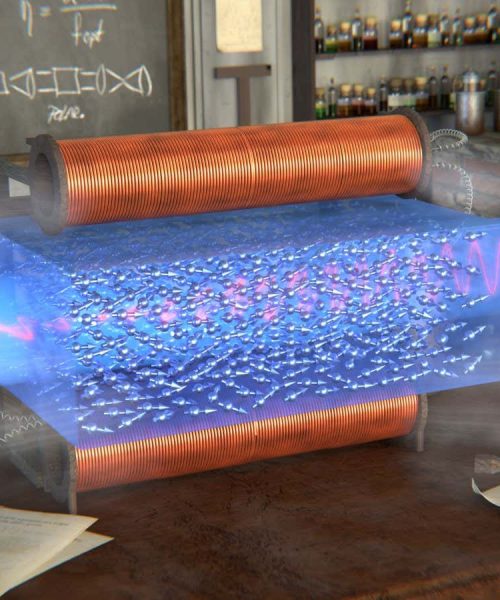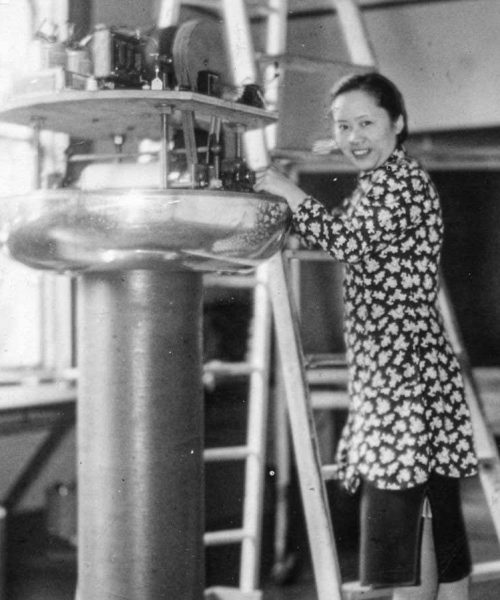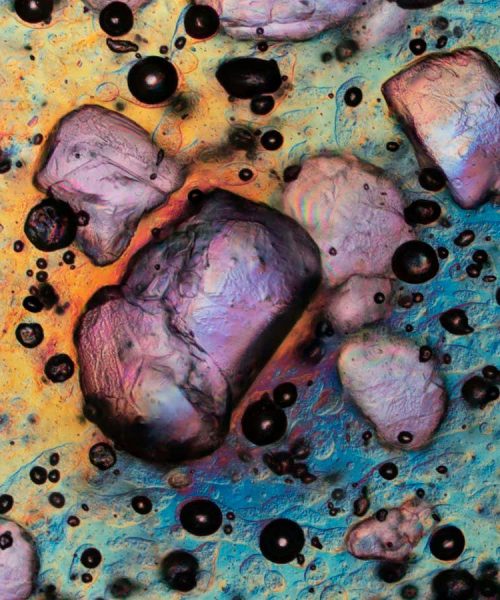
Graham Carter
For an experiment designed to reverse time, the apparatus was surprisingly simple: little more than a tank of water. With a puff of air to disturb the surface, Emmanuel Fort created a set of ripples moving outwards in concentric circles. Then, as the waves spread, he gave the tank a practised jolt – at which point they suddenly started travelling inward, refocusing at the point of origin.
Fort’s work in 2016 was the first of what has become a deluge of experiments in which waves are manipulated, controlled and even reversed with unprecedented precision. And these days, we are no longer just playing with water. Researchers have figured out how to create a range of “temporal metamaterials” that can manipulate and rewind electromagnetic waves, including visible light itself, with ever greater precision.
The key to these bizarre materials isn’t so much the careful engineering of their spatial arrangement of atoms, but how they work in the fourth dimension, time. Like the rapid jolting of the water tank, temporal metamaterials can radically change their properties in the blink of an eye. This creates a kind of boundary that acts like a mirror in time – and it is this that exerts such subtle power over waves.
Not only are these materials a mind-bending invention, they have also become an unexpectedly rich playground in which physicists can test…





